Did you know that over 65% of listeners bail on a podcast if the audio isn’t crisp and clear? For small businesses looking to harness the power of podcasting, the difference between captivating an audience and losing them often comes down to the podcasting equipment you choose. This guide delivers practical tips, real gear comparisons, and actionable setup strategies so you can launch your business podcast with confidence—and keep your message heard.
Why the Right Podcasting Equipment for Small Business Impacts Success
When diving into the world of podcasting, small businesses often underestimate how vital podcasting equipment for small business is to achieving a professional sound. Poor equipment choices can instantly undermine the authority, clarity, and credibility of your brand voice. A low-quality usb mic or lacking a reliable pop filter may introduce distracting plosives or hiss, quickly turning listeners away. The goal is to use podcast gear that elevates your message, even if you're just starting out.
High-caliber dynamic microphone options filter out background noise, letting your listeners focus on your story rather than the hum of an office air conditioner or the clack of keyboards. The right boom arm keeps your mic positioned just right, saving you from awkward adjustments mid-recording. Select equipment not only improves your sound quality but also boosts the ease and reliability of your entire podcast recording process, encouraging you to produce consistent, engaging episodes.
"Over 65% of listeners say poor audio is the main reason they stop listening to a business podcast—don’t let subpar gear silence your story."

What You'll Gain: Unlock the Power of Podcasting Equipment for Small Business
- Understand key podcast equipment options, from microphones to accessories
- Discover affordable and reliable podcast recording gear
- Compare dynamic versus condenser mic choices for different setups
- Evaluate boom arm, pop filter, and audio interface requirements
- Get actionable setup and audio quality tips for standout podcast episodes
Breaking Down the Basics: Podcasting Equipment Every Small Business Needs
Before you dive into your first episode, it’s crucial to map out the foundational podcast equipment you’ll need. At the top of the list is a reliable microphone , followed by headphones , an audio interface (for more advanced setups), and simple yet essential accessories like a boom arm and pop filters . Each of these components contributes not only to production quality but also to ongoing ease of use during podcast recording .
Whether you’re recording solo content, guest interviews, or a dynamic co-hosted show, the right audio equipment makes a world of difference. Let’s break down each key piece, from usb microphones for beginners to pro-level gear like dynamic mics and audio interfaces , so you can match your investment to your business goals.
Podcast Microphones: Choosing Between USB Mic, Dynamic Mic, and Condenser Mic

The search for a great mic begins by understanding the differences between usb mic , dynamic microphone , and condenser mic models. USB microphones are the simplest entry point for small business owners—just plug into your computer and start recording without extra gear. Their convenience is unbeatable for solo hosts and beginners and makes upgrading from built-in laptop mics easy. Notables like the Audio-Technica ATR2100x and Blue Yeti are industry favorites for their clarity and versatility.
If your recording space is less than ideal, dynamic mics like the Shure SM7B or Rode PodMic are champions at rejecting background noise and capturing focused vocals. For those seeking high-fidelity, studio-like results in quieter spaces, condenser mics such as the Rode NT1 and Audio-Technica AT2020 can provide unmatched detail and warmth—ideal for interviews and richly produced episodes. Wireless microphones are also worth considering if you plan on filming a video podcast or moving around freely.
- Pros and cons of USB microphone vs. XLR mic
- Dynamic microphone versus condenser microphone explained
- Wireless mic and wireless microphone options: when to upgrade
| Microphone Type | Best For | Example Products | Price Range |
|---|---|---|---|
| USB Microphone | Solo podcasters, beginners | Audio-Technica ATR2100x, Blue Yeti | $60–$130 |
| Dynamic Microphone | Noisy environments | Shure SM7B, Rode PodMic | $100–$400 |
| Condenser Microphone | Studio settings, interviews | Rode NT1, Audio-Technica AT2020 | $90–$300 |
| Wireless Microphone | Mobility, video podcast | Rode Wireless GO II, Sennheiser XSW | $200+ |
Do You Need an Audio Interface for Your Small Business Podcast Equipment?
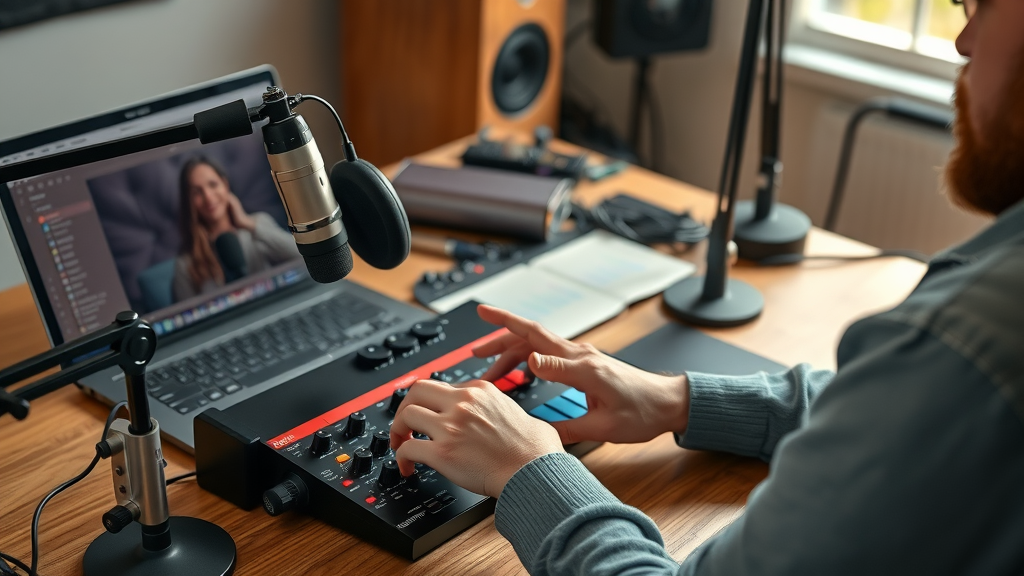
An audio interface like the Focusrite Scarlett is a must-have when you want to use xlr mics , record multiple hosts, or take your audio quality to the next level. It acts as a bridge between your microphones and your computer, allowing for individual gain control, noise-free recording, and seamless connections. The Focusrite Scarlett range is renowned for delivering pro-level results at a small business-friendly price, making it a favorite among podcast hosts aiming for a step up from usb mics .
For very basic setups, a usb microphone may suffice, but if you envision growth—adding co-hosts, guests, or higher-end microphones—investing in an audio interface early keeps your setup flexible. Some podcasters even combine a usb mic with an audio interface for ultimate versatility. The right choice depends on your show’s format, the number of mics, and how much post-production control you want.
- Benefits of audio interface and Focusrite Scarlett for multi-mic podcast recording
- Audio interface vs. USB mic: When do you need both?
Podcast Accessories: Pop Filters, Boom Arm, and More
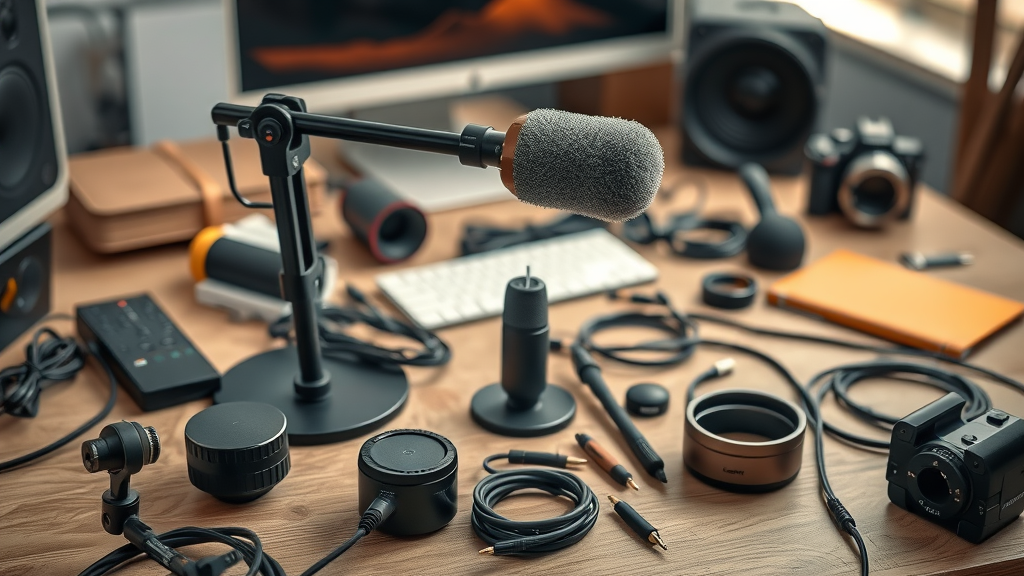
Completing your podcasting equipment for small business setup means adding the unsung heroes: pop filters , boom arms , shock mounts, and quality cables. A pop filter is essential—it stops plosive sounds ("P" and "B" blasts) before they hit the mic, preserving clean, professional sound. Without it, even the best dynamic mic might sound unpolished.
A durable boom arm lets you adjust your mic easily, maintaining best positioning and freeing your hands from clutter. Shock mounts absorb vibrations from your desk, while solid cables and stands keep everything running smoothly. Investing in these modest accessories ensures both superior audio and a pain-free workflow—no frustrating rumble, no clumsy setups, just focused podcast recording and a standout final product.
- The importance of a pop filter and pop filters for sound quality
- Choosing the right boom arm for podcast recording flexibility
- Cables, stands, and shock mounts for seamless production
Key Podcasting Equipment Features for Small Business Owners
The best podcasting equipment for small business isn’t just about the right mic or interface—it’s about the features that directly influence sound quality and workflow. Look for dynamic microphones or usb mics that offer built-in noise rejection and compatibility with your existing gear. Accessories like pop filters and a sturdy mic stand can’t be overlooked. And don’t forget reliable editing software that supports efficient multitrack editing—this will become your secret sauce for quick, polished production.
Prioritize equipment that saves you time in both recording and editing. Easy-to-use gear ensures that you, your team, or your podcast host can focus on creating content, not fighting with technical issues or poor sound quality. Combining sensible hardware with software tailored for small business needs puts you in the best position for success.
Essential Functions: Sound Quality and Editing Software Tools
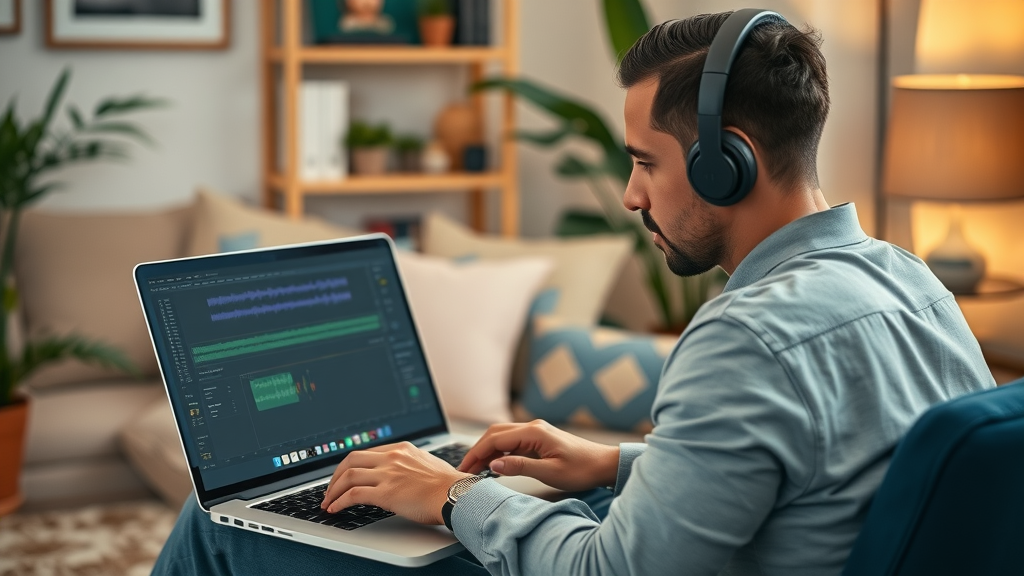
Your listeners deserve clear, crisp, and engaging episodes. Sound quality is shaped by your choice of microphone , the placement of pop fi and use of editing softwar . Free tools like Audacity and GarageBand work well for starters, but paid solutions like Adobe Audition or Hindenburg Journalist provide advanced editing, multitrack features, and mastering options crucial for producing a professional podcast .
Smart investments in audio equipment mean less cleanup in post-production and a smoother workflow overall. For example, a dynamic mic with a pop filter will minimize plosives, while a boom arm supports hands-free stability. Intuitive recording software lets you edit, mix, and master like a pro, helping you deliver episodes that reflect your brand quality and generate real audience loyalty.
- How podcast equipment influences sound quality
- Editing software recommendations for small business (free and paid)
- Audio equipment essentials for easy post-production
| Equipment | Core Feature | Impact on Podcast |
|---|---|---|
| Dynamic Microphones | Noise rejection | Professional sound in busy offices |
| Pop Filters | Remove plosives | Improved clarity |
| Editing Software | Multitrack editing | Efficient production workflow |
| Audio Interface | Multiple mic support | Team interviews and panel discussions |
Focusrite Scarlett and Competing Audio Interfaces for Small Businesses
Among audio interfaces, the Focusrite Scarlett is a gold standard—offering quality analog-to-digital conversion, reliable performance, and great value. Its user-friendly setup and crystal-clear preamps make it accessible for small business podcasters who want lasting performance without breaking the bank. If you’re seeking alternatives, look for options like the PreSonus AudioBox , Behringer UMC series, or Rode AI-1 , all of which provide similar reliability and robust features for multi-host recordings.
No matter your selection, ensure your chosen audio inte is compatible with both your microphones ( xlr mic or usb mic ) and your computers. Double-check for convenient headphone jacks, clear LED monitoring, and intuitive controls to avoid hiccups during live or scheduled podcast recordings. Smart audio interfaces will support your growth from simple solo shows to co-hosted interviews and remote guests.
- Focusrite Scarlett: Affordable quality for podcast recording
- Popular alternatives within the podcast equipment space
Building the Best Podcast Equipment Setup on Any Budget
Whether your small business is starting with a tight budget or ready to invest heavily in audio quality, there’s a path to a professional sound for everyone. Entry-level setups can achieve impressive results with a quality usb mic , basic pop filter , and an adjustable boom arm . As your brand and team expand, step up to xlr mics , a premium audio interface , and advanced accessories. Budget doesn’t have to limit creativity; instead, it can serve as a smart guide for phased upgrades as your podcast succeeds.
Bundled podcast equipment packages can save you money without sacrificing quality. Look for value deals that pair name-brand mics with accessories, interfaces, and headphones. By investing in gear that meets your immediate recording needs, you'll be able to focus on content and growth rather than wrestling with technical issues.
- Entry-level vs. advanced podcasting equipment for small business
- Sample podcast setups for solo and co-hosted shows—cost and value breakdowns
- Budget-friendly bundles for audio interface, microphones and accessories
| Budget | Recommended Gear | Total Estimated Cost |
|---|---|---|
| Basic | USB microphone, boom arm, pop filter | $100–$160 |
| Intermediate | XLR mic, audio interface, headphones | $250–$450 |
| Advanced | Multiple dynamic mics, professional interface, mixers | $600+ |
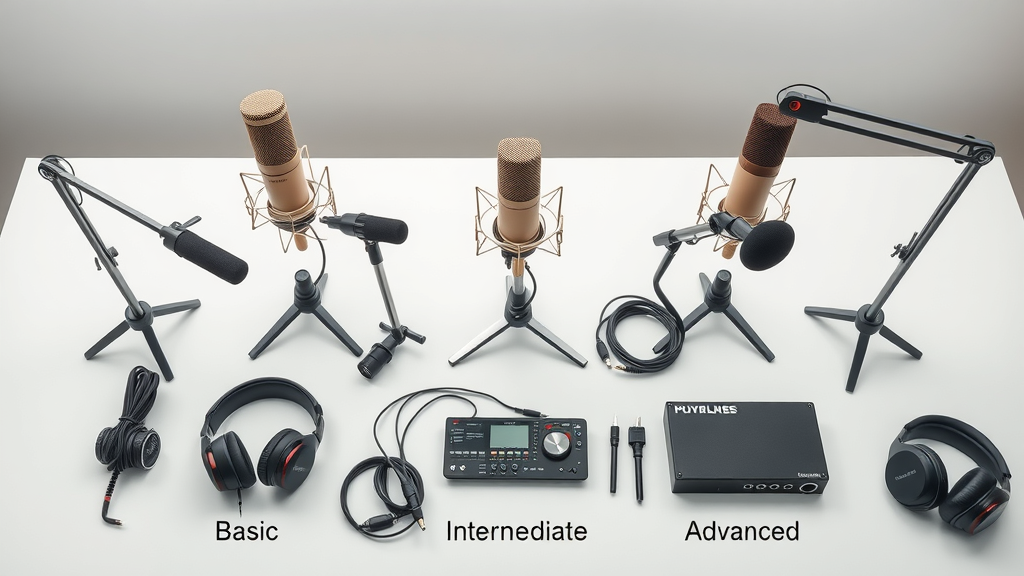
Setting Up Your Podcast Recording Space for Small Business Success
The true mark of professional podcast equipment is only reached when it pairs with the right environment. Start by choosing a quiet room with minimal echo; carpet, tapestries, or dedicated soundproofing panels can cut down on reverberation and background noise . Place your mic away from windows or air vents to reduce interference. Even minor changes—like closing doors or laying a rug—can drastically lift your overall audio quality.
Take time to experiment with your recording position. The angle and proximity between your mouth, mic , and pop filter matter as much as the gear itself. Add plants or foam panels to deaden reflections, and check your setup with test recordings before going live. A properly optimized space can turn a basic setup into a studio-caliber experience, making your podcast shine even in shared or home office settings.
Optimizing Your Environment for Podcast Recording and Audio Quality
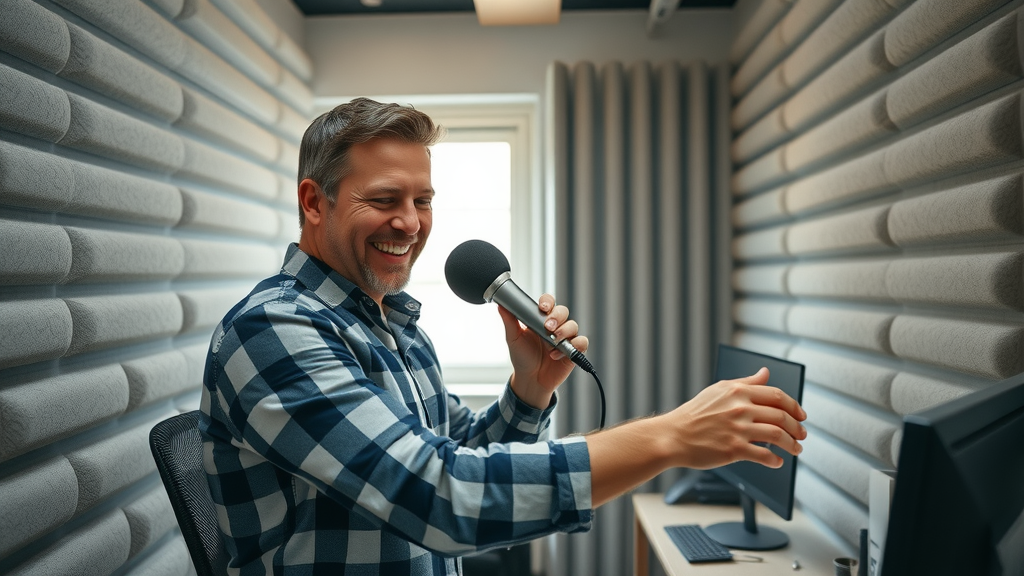
Choosing the perfect room for podcast recording isn’t about finding the fanciest office—it’s about controlling acoustics and minimizing disturbances. Look for rooms with soft furniture, curtains, or rugs that absorb sound. Avoid glass, bare walls, and open spaces that amplify unwanted echoes. Strategic placement of soundproof panels and careful microphone positioning can offset even the most challenging of environments.
To reduce background noise from heaters, computers, or street sounds, use a dynamic mic with a tight pickup pattern. This, combined with proper pop filter placement, guarantees focused, high-quality sound that keeps your message front and center. By testing various layouts and implementing affordable, practical fixes, your small business can turn any space into a reliable recording booth.
- Room selection, soundproofing, and treating your space for acoustic quality
- How to minimize outside noise and echo
Podcast Equipment Maintenance and Troubleshooting for Small Business Users
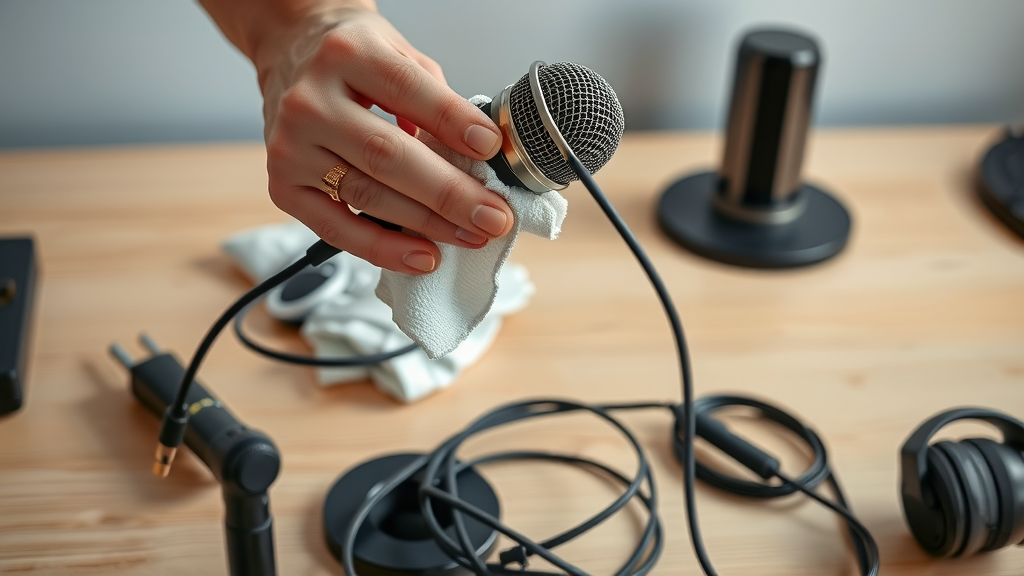
Keeping your podcasting equipment for small business in top shape means more than just dusting off your mics. Routine care—including gently cleaning microphone grilles, wiping down headphones, and regularly untangling and inspecting cables—prevents technical glitches that could disrupt recording sessions.
Should audio issues crop up—like static, unbalanced levels, or hum—check first that your mic stand is stable, cables are securely connected, and no settings have shifted on your audio interface . Many problems have straightforward fixes. Always keep a small cleaning kit handy, and test your entire setup before every episode. Good habits drive consistent audio quality and showcase your business as meticulous and trustworthy.
- Routine care for mics, audio equipment, and cables
- Quick fixes for common sound quality and podcast recording issues
Podcast Equipment Integration: From Audio Interface to Editing Software
A successful podcast setup links every element—from mics, interfaces, and headphones to your chosen editing and recording software. Start by connecting your usb microphone or xlr mic into an audio interface (if needed), which plugs into your computer via USB or Thunderbolt. With your devices linked, access your editing softwar (like Audacity or GarageBand), set input levels to avoid distortion, and do a test run to confirm crystal-clear sound.
For video podcast or more advanced audio needs, ensure that your system supports simultaneous audio and video capture, keeping everything in sync for post-production. Syncing your audio interface with editing software streamlines your workflow—making releasing weekly or even daily episodes a breeze.
- Connecting microphones, audio interface, and computer
- Setting levels for optimal sound quality during podcast recording
- Syncing editing software and video podcast workflow
Rapid Growth with Video Podcast: Equipment Upgrades for Small Businesses
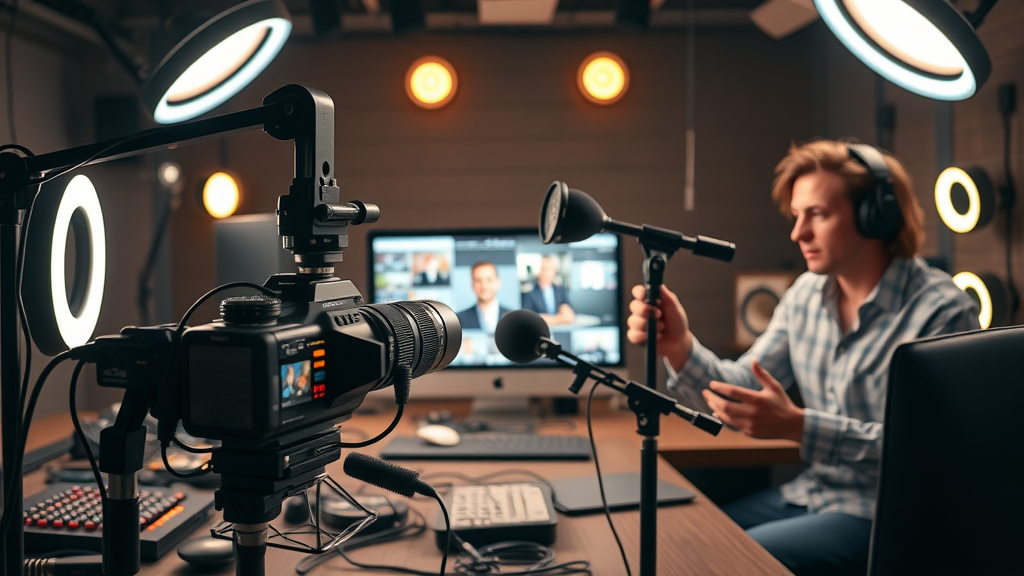
Branching into video podcast is an excellent way to maximize your reach and capture new audiences on platforms like YouTube. This move usually involves adding cameras (DSLRs or webcams), ring lights, and upgraded wireless microphones for mobility and high audio fidelity. Good lighting complements your crisp audio, boosting both audio quality and video quality for a more professional final product.
When investing in video podcast upgrades, prioritize compatibility with your existing setup. Integrate new cameras and audio sources smoothly, avoiding sync delays. Wireless mic systems are especially helpful for interviews and dynamic recordings, letting you move with confidence while maintaining superior sound. As your podcast grows, building in these features can make your show as visually impressive as it is sonically strong.
- When to add cameras and lights for a video podcast
- Integrating wireless microphones and sound accessories for professional results
People Also Ask: Answers to Small Business Podcast Equipment FAQs
What equipment do most podcasters use?
- Most podcasters rely on a USB or dynamic microphone (e.g., Shure SM7B, Blue Yeti), audio interface, boom arm, pop filter, headphones, and editing software.
How much does podcast equipment cost for beginners?
- Beginner podcast equipment typically ranges from $100–$250 for basic USB microphone setups with essential accessories.
Do I need a business license for a podcast?
- In most regions, no business license is required for podcasting itself. However, operating as a business entity or monetizing the podcast may require local permissions or registration.
What is the minimum setup for a podcast?
- The minimum setup involves a USB mic, headphones, computer, and free editing software in a quiet space.
Expert Quotes: Insights on Podcasting Equipment for Small Business
"Invest thoughtfully: even entry-level podcasting equipment for small business can sound professional when chosen wisely." – Audio Engineer, Podcast Experts Inc.
Small Business Podcast Equipment Checklist
- Microphone (USB, dynamic, or condenser)
- Audio interface (for XLR mics/advanced setups)
- Boom arm or mic stand
- Pop filter
- Closed-back headphones
- Recording & editing software
- Shock mount and cables
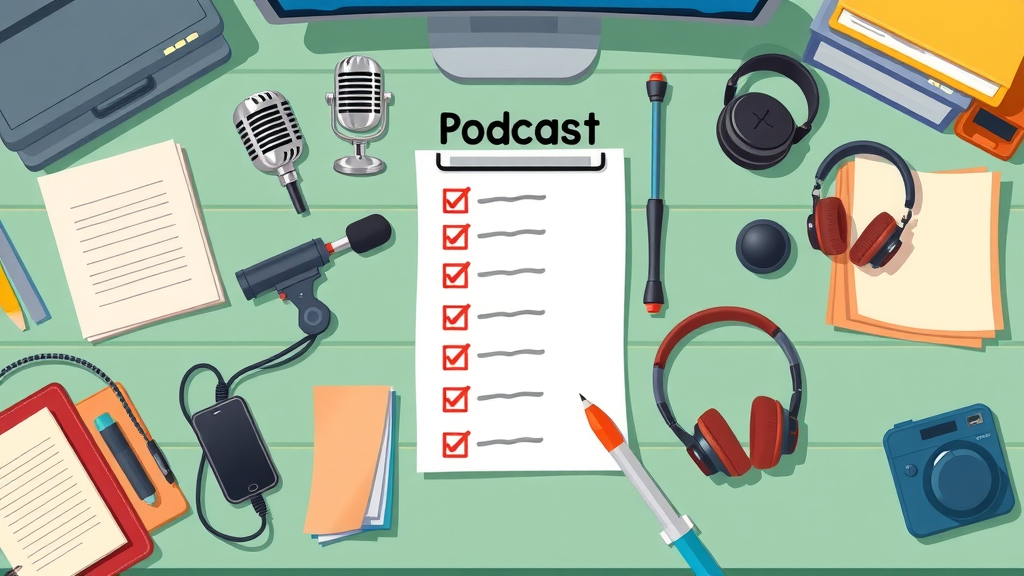
Frequently Asked Questions About Podcasting Equipment for Small Business
- Can I use a wireless mic for remote interviews? Yes, wireless mics are ideal for remote interviews, giving you flexibility and mobility while maintaining consistent sound quality. Many modern wireless microphone systems easily connect to both computers and recorders, ensuring seamless podcast recording for on-the-go content.
- Is Focusrite Scarlett necessary for beginners? The Focusrite Scarlett is not strictly necessary for beginners using USB microphones. However, if you want to scale your setup with XLR mics and additional hosts or need enhanced sound control, investing in an audio interface like the Scarlett is a smart move with reliable performance.
- What editing software works best with podcast equipment for small business? Audacity and GarageBand are excellent free options fitting most entry-level needs, while Adobe Audition and Hindenburg offer advanced features for professional-level production. Choose software that fits your workflow, supports your audio interface, and meets your editing requirements.
- How do I improve sound quality in a regular office? Focus on reducing echoes by adding soft furnishings, using a dynamic microphone, and employing soundproof panels or pop filters. Always perform test recordings to optimize your recording position and mic placement for the best sound in your space.
Final Thoughts: Launching Your Small Business Podcast with the Right Equipment
"Smart gear is a foundation, not a finish line. Your business’s voice deserves to be heard—start strong and upgrade as you grow."
Ready to make your business’s story clear and compelling? Equip yourself with tools that fit your goals and upgrade your podcasting journey as you scale.
Ready to Elevate Your Brand? Get Expert Help with Podcasting Equipment for Small Business
- Not sure where to start? Let’s talk. Your first consultation is on us – no pressure, just smart strategy.
Selecting the right podcasting equipment is crucial for small businesses aiming to produce professional-quality audio content. To assist you in making informed decisions, here are two authoritative resources that provide comprehensive insights into podcasting gear:
This guide offers an in-depth look at various podcasting equipment options, including microphones, audio interfaces, and accessories. It provides detailed specifications and recommendations tailored for different recording environments and budgets, helping you choose equipment that aligns with your specific needs.
This resource focuses on budget-friendly podcasting equipment suitable for beginners. It includes recommendations for microphones, headphones, and recording software, emphasizing cost-effective solutions without compromising on quality. Additionally, it offers a free downloadable checklist to streamline your equipment selection process.
By exploring these resources, you can gain valuable insights into selecting the appropriate podcasting equipment that fits your business’s needs and budget, ensuring a successful podcast launch.
 Add Row
Add Row  Add
Add 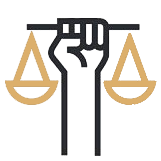


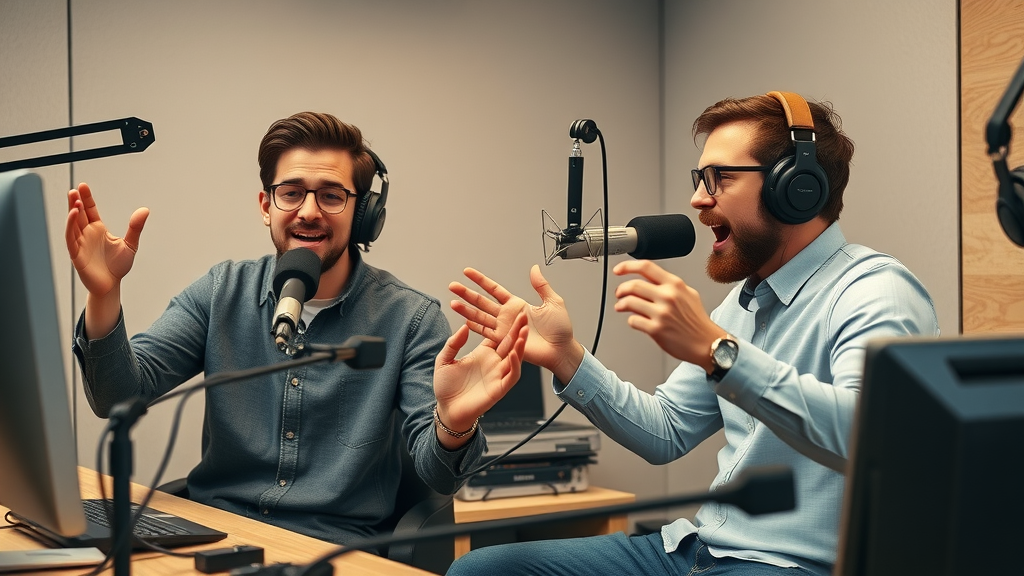

Write A Comment